MercoPress. South Atlantic News Agency
Tag: US economy
-
Friday, February 6th 2015 - 23:10 UTC
US reports strong surge in employment and wages during January
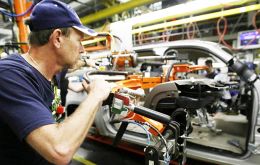
United States employment rose solidly in January and wages rebounded strongly, a show of underlying strength in the economy. Nonfarm payrolls increased 257,000 last month, the Labor Department said on Friday.
-
Thursday, November 20th 2014 - 04:29 UTC
Fed minutes confirm reveal consensus on ending stimulus program
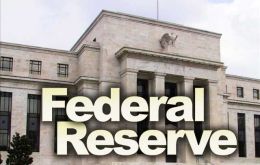
Although the US Federal Reserve was worried about turmoil in emerging markets, the central bank reached an easy consensus to end its stimulus program, its latest minutes reveal.
-
Friday, October 31st 2014 - 06:49 UTC
US economy expands 3.5% in third quarter boosted by government spending and exports

The US economy grew at an annual rate of 3.5% in the July-September quarter, the Commerce Department reported on Thursday. That was better than the 3% pace that economist had been expecting and follows the 4.6% growth rate recorded in the April-June quarter.
-
Saturday, October 4th 2014 - 10:29 UTC
US trade deficit down, while oil imports fall to their lowest in four years

The U.S. trade deficit slipped 0.5% in August to 40.1 billion, the lowest since January, the Commerce Department reported Friday. Oil imports fell to their lowest level in four years.U.S. exports increased 0.2% in August to a record 198.5 billion, while imports grew 0.1% to 238 billion. After a 40.3 deficit in July, analysts expected a 40.9 billion trade gap in August.
-
Saturday, September 27th 2014 - 08:47 UTC
US economy grows at an annual rate of 4.6% pushed by exports and investment
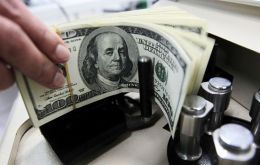
The US economy grew at an annual rate of 4.6% between April and June, faster than the previous estimate of 4.2%, according to revised figures from the US Department of Commerce. The revision was due to larger rises in exports and business investment.
-
Friday, August 29th 2014 - 08:11 UTC
US economy rebounds strongly in the second quarter: 4.2% annual rate

The US economy rebounded more strongly than initially thought in the second quarter and details of a report on Thursday pointed to sustainable underlying strength. GDP expanded at 4.2% annual rate instead of the previously reported 4.0% pace, the Commerce Department said, reflecting upward revisions to business spending and exports.
-
Saturday, August 2nd 2014 - 08:32 UTC
US economy creates 209.000 jobs in July but unemployment edges up to 6.2%
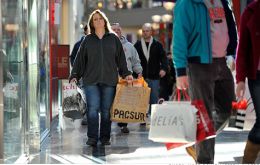
The U.S. economy added 209,000 jobs in July, the Labor Department reported on Friday. However the unemployment rate edged up to 6.2% from 6.1%, somehow confirming the Federal Reserve concern about still weak employment.
-
Wednesday, July 16th 2014 - 01:06 UTC
US economy recovering but “too many Americans remain unemployed”
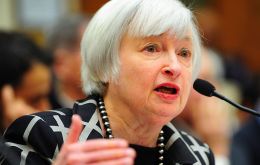
The US economic recovery remains incomplete, with a still-ailing job market and stagnant wages justifying loose monetary policy for the foreseeable future, Federal Reserve Chair Janet Yellen told a Senate committee on Tuesday.
-
Monday, July 7th 2014 - 07:10 UTC
Lagarde cautious about growth momentum; infrastructure investment needed

Global economic activity should strengthen in the second half of the year and accelerate in 2015, although momentum could be weaker than expected, IMF chief Christine Lagarde said, hinting at a slight cut in the Fund's growth forecasts.
-
Tuesday, June 17th 2014 - 06:27 UTC
IMF cuts US growth forecast and recommends 'continued policy support'
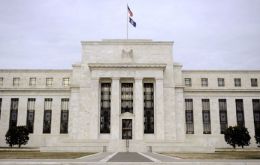
The International Monetary Fund cut its growth forecast for the United States and said the economy would not reach full employment until the end of 2017, allowing the Federal Reserve to take its time before raising interest rates.
